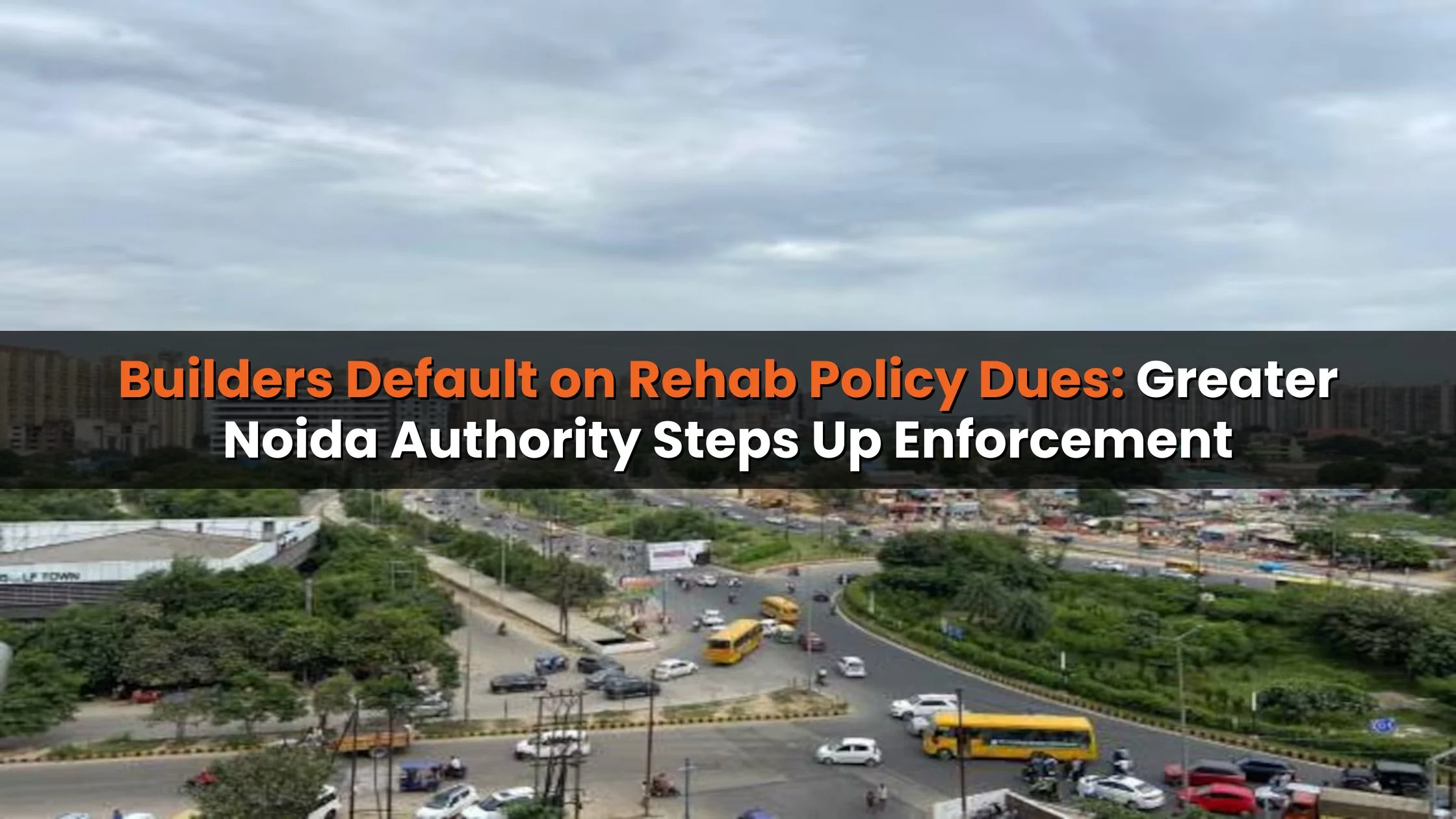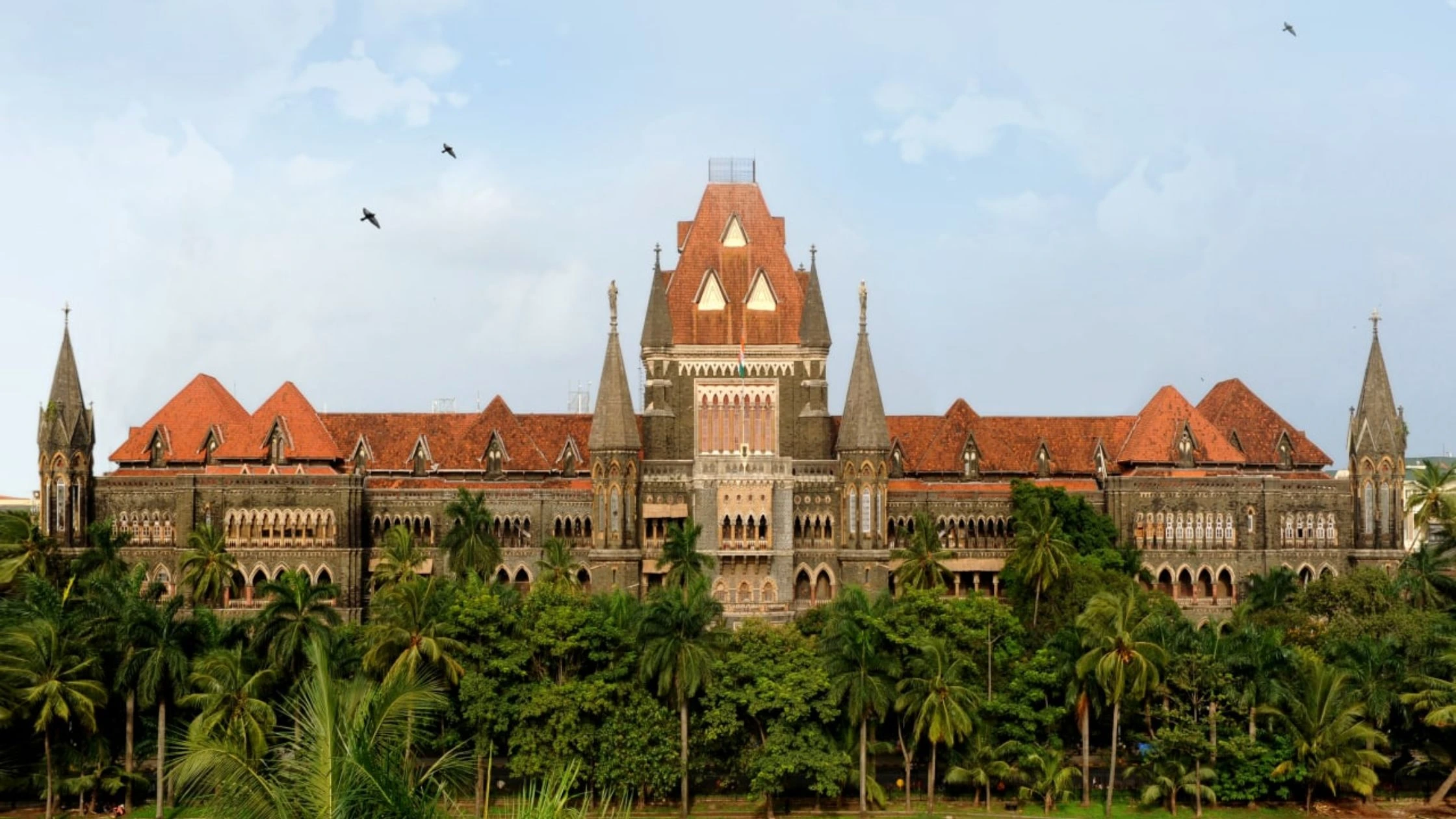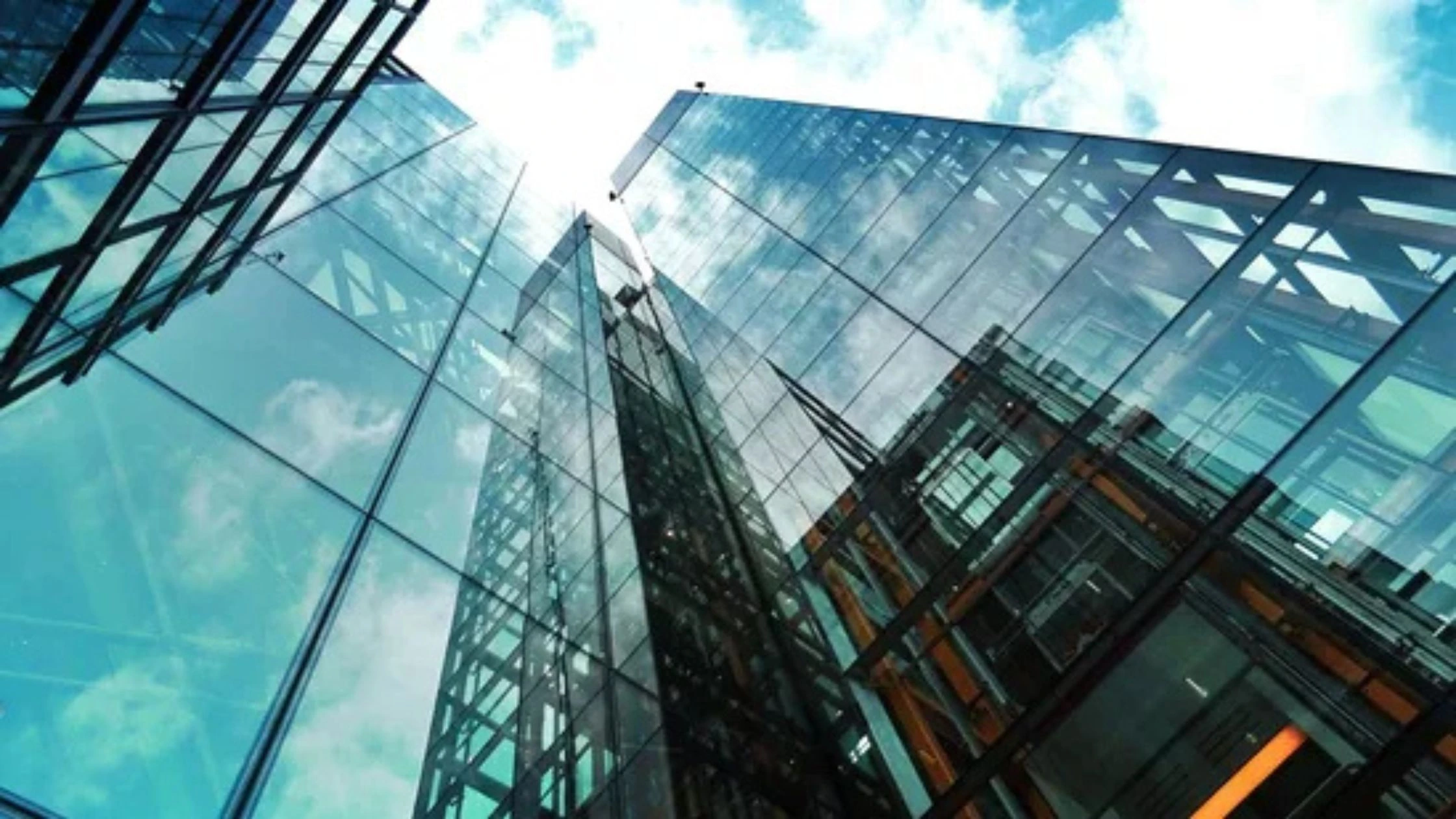Table of Content
- Year-on-Year and Month-on-Month Growth Trends
- Festive Calendar Shift Drives Buyer Activity
- Nine-Month Snapshot: Record Registrations and Revenue
- Demand Concentrated in Homes Below ₹1 Crore
- Regional Split: Central Pune Leads, Emerging Suburbs Gain Ground
- Expert Insights: Market Resilience and Buyer Confidence
- Conclusion
The Pune real estate market continued its strong performance in September 2025, driven by early festive momentum and sustained homebuyer demand. According to data from the Maharashtra Inspector General of Registration (IGR), the city recorded 13,557 property registrations, marking a 23% year-on-year (YoY) jump compared to 11,056 transactions in September 2024. Stamp duty collections also climbed 3% YoY to ₹523 crore, reflecting steady market confidence and healthy end-user activity.
Experts attribute this growth to the timing of the festive season and the continued appeal of Pune’s balanced housing market, which caters to both affordable and premium home segments.
Year-on-Year and Month-on-Month Growth Trends
The Pune real estate market showed a positive trajectory both annually and sequentially. On a month-on-month (MoM) basis, property registrations rose 2% compared to 13,253 transactions in August 2025, while stamp duty collections increased 7.8% from ₹485 crore in the same period.
This uptick, according to the Knight Frank India report, demonstrates the city’s resilient buyer sentiment, especially during a phase when interest rates have stabilized and employment growth in the IT and services sector continues to support homebuying decisions.
The data underscores that Pune’s housing market is not just growing in volume but doing so in a sustainable, well-paced manner, indicating strong fundamentals rather than short-term speculation.
Also Read: Missed Festive Property Discounts? Smart Tips for Home Investment
Festive Calendar Shift Drives Buyer Activity
A key reason behind the surge in registrations during September 2025 was the shift in the festive calendar. Unlike the previous year, when the Shraddh period (September 17–October 2, 2024) dampened transactions, this year’s Shraddh fell earlier (September 7–21, 2025).
This shift allowed buyers to advance purchases during the auspicious Navratri period beginning September 22, which traditionally marks a peak in property buying across Maharashtra. Developers also rolled out early festive offers, giving homebuyers a timely incentive to close deals.
Such seasonal timing worked in favor of Pune real estate, reinforcing its reputation as one of India’s most sentiment-driven yet fundamentally stable property markets.
Nine-Month Snapshot: Record Registrations and Revenue
Between January and September 2025, Pune real estate achieved its strongest performance in four years. Over 1.45 lakh property registrations were recorded, generating more than ₹5,500 crore in stamp duty revenues.
This represents a 5% rise in registrations and a 6% increase in collections compared to the same period in 2024, when the city logged around 1.38 lakh registrations and ₹5,200 crore in revenues.
The consistent rise reflects deep market confidence, steady migration into Pune’s employment hubs, and a favorable lending environment. With home loan rates expected to remain stable, experts anticipate that the momentum will extend into the upcoming Diwali quarter.
Demand Concentrated in Homes Below ₹1 Crore
Affordability remains the backbone of Pune real estate. Homes priced up to ₹1 crore accounted for 85% of total registrations in September 2025, underscoring the city’s appeal among first-time buyers and working professionals.
At the same time, there has been a gradual uptick in premium home purchases, with the share of properties priced above ₹1 crore rising from 14% in September 2024 to 15% in September 2025. This reflects a healthy broadening of the market base, where both affordable and mid-luxury segments coexist.
Such diversification ensures Pune’s housing market remains balanced, inclusive, and growth-oriented, attracting end-users as well as investors seeking steady capital appreciation.
Regional Split: Central Pune Leads, Emerging Suburbs Gain Ground
In September 2025, Central Pune encompassing the Pune Municipal Corporation (PMC), Pimpri-Chinchwad Municipal Corporation (PCMC), and Haveli Taluka dominated the city’s residential transactions with a 61% market share.
However, newer suburban clusters are steadily gaining traction. West Pune, including areas like Mawal, Mulshi, and Velhe, accounted for 17% of total deals, while North, South, and East Pune collectively contributed 22%.
This geographical spread signals a multi-nodal growth pattern, where infrastructure projects such as the Metro expansion, ring roads, and tech park developments are helping decongest the core city and spread housing demand across the region.
Also Read: Homebuyer’s Body Urges RERA Law Reforms, Seeks Rules to Verify Developer's Track Record
Expert Insights: Market Resilience and Buyer Confidence
According to Shishir Baijal, Chairman and Managing Director, Knight Frank India, Pune’s housing market has shown “sustained momentum and growing maturity” throughout 2025.
He noted, “The 23% YoY increase in registrations in September reflects how the shift in the festive calendar supported buyer activity. Revenue collections of ₹523 crore remained strong, reinforcing the steady demand seen throughout the year.”
This observation reinforces the idea that Pune real estate is now operating at a stable, sustainable pace supported by genuine end-user demand, disciplined financing, and long-term value appreciation rather than speculative buying.
Conclusion
The September 2025 data reaffirms that Pune real estate remains one of India’s most dynamic and resilient property markets. The 23% YoY growth in registrations and the steady rise in stamp duty collections highlight both affordability and confidence among homebuyers.
As the festive quarter unfolds, Pune’s mix of robust infrastructure, employment-driven migration, and balanced price segments is likely to sustain growth through the year-end.
Whether for first-time homeowners or investors seeking stability, the city continues to represent the ideal blend of affordability, opportunity, and long-term value positioning Pune real estate as a benchmark for sustainable urban housing growth in India.







Ans 1. The growth was primarily driven by early festive season momentum, with Navratri falling after the Shraddh period. This encouraged buyers to advance purchases, supported by developers’ early festive offers.
Ans 2. Stamp duty collections rose by 3% YoY, reaching ₹523 crore, indicating steady market confidence and active end-user participation.
Ans 3. Homes priced below ₹1 crore dominated the market, accounting for 85% of total registrations, reflecting strong demand from first-time buyers and working professionals. Premium homes above ₹1 crore saw a slight rise from 14% to 15% of registrations.
Ans 4. Central Pune, including PMC, PCMC, and Haveli Taluka, led with a 61% market share. Emerging suburban areas like West Pune (Mawal, Mulshi, Velhe) gained 17%, while North, South, and East Pune together accounted for 22%.
Ans 5. Yes, the earlier Shraddh period in 2025 allowed buyers to make purchases during the auspicious Navratri period, which traditionally sees a spike in property transactions.
Ans 6. According to experts, yes. The growth is backed by stable demand, employment-driven migration, robust infrastructure, and a balanced mix of affordable and premium housing, rather than speculative activity.
Ans 7. Between January and September 2025, Pune recorded over 1.45 lakh property registrations and ₹5,500 crore in stamp duty revenue, marking a 5% rise in transactions and a 6% increase in collections compared to 2024.
Ans 8. Infrastructure projects like Metro expansion, ring roads, and tech parks are enhancing connectivity, reducing congestion in central Pune, and attracting homebuyers to emerging suburban areas.
Ans 9. Yes. Pune offers a mix of affordability, strong infrastructure, employment opportunities, and steady capital appreciation, making it attractive for both end-users and long-term investors.
Ans 10. Experts expect momentum to sustain through the Diwali quarter, supported by stable home loan rates, end-user demand, and continued developer initiatives.